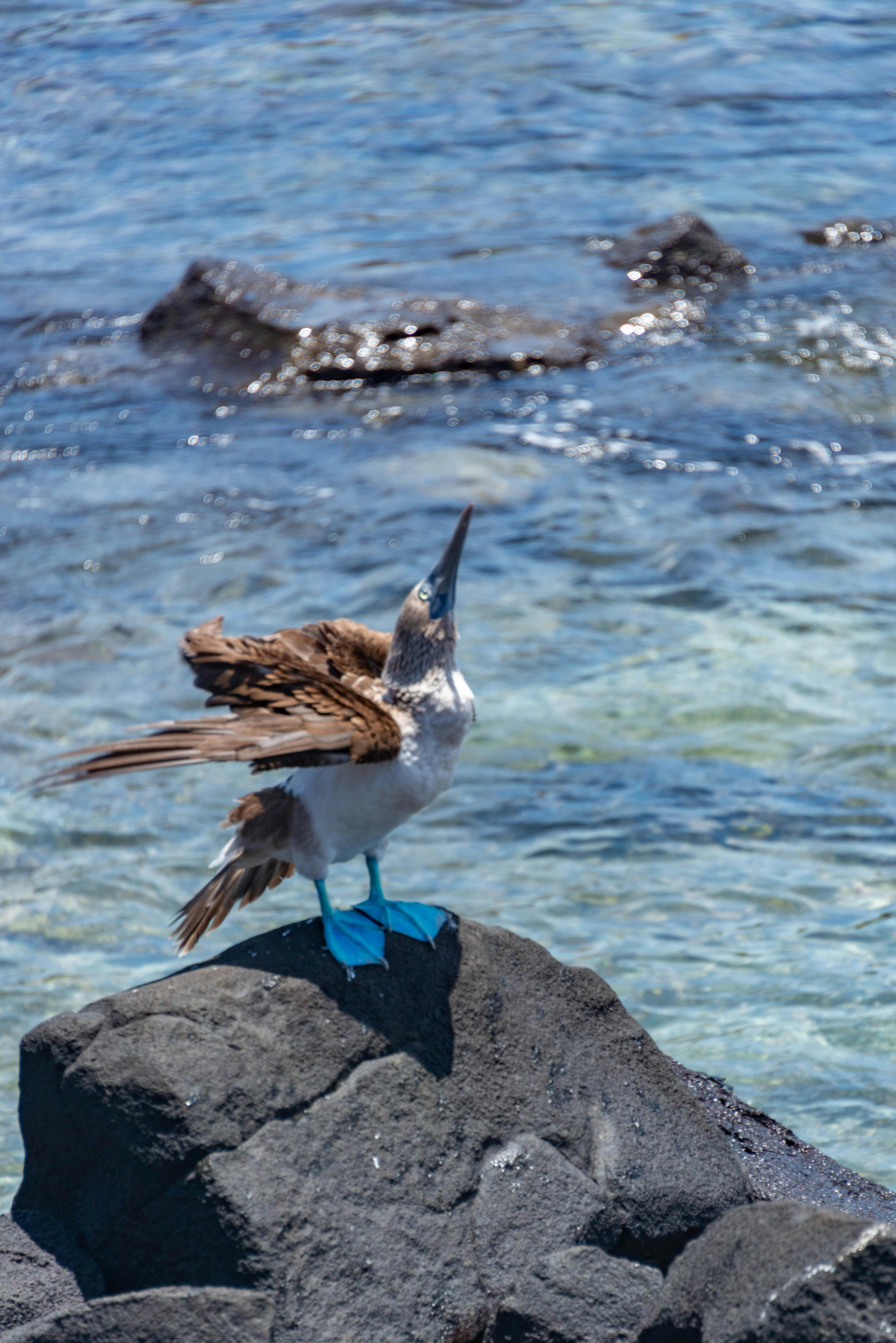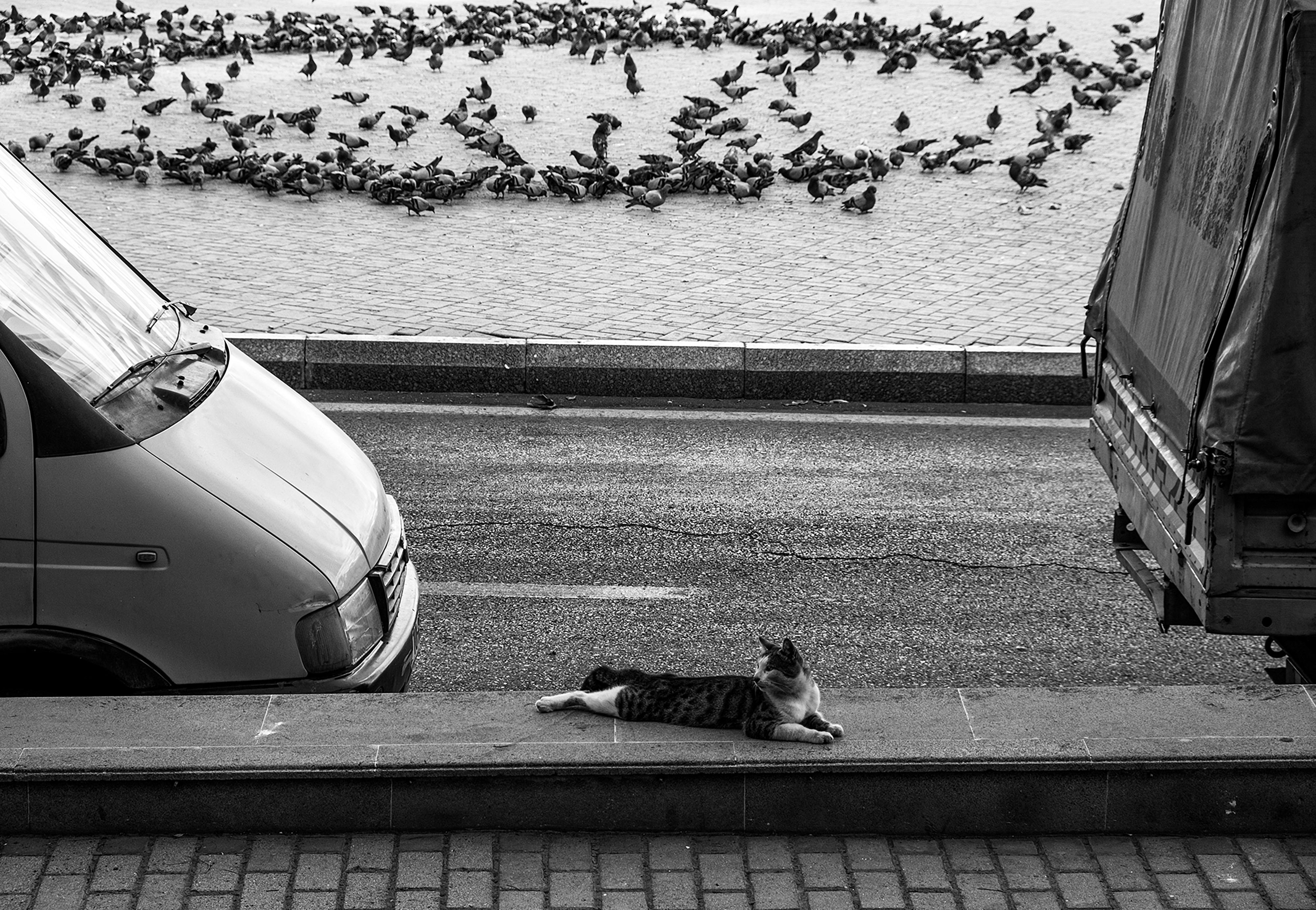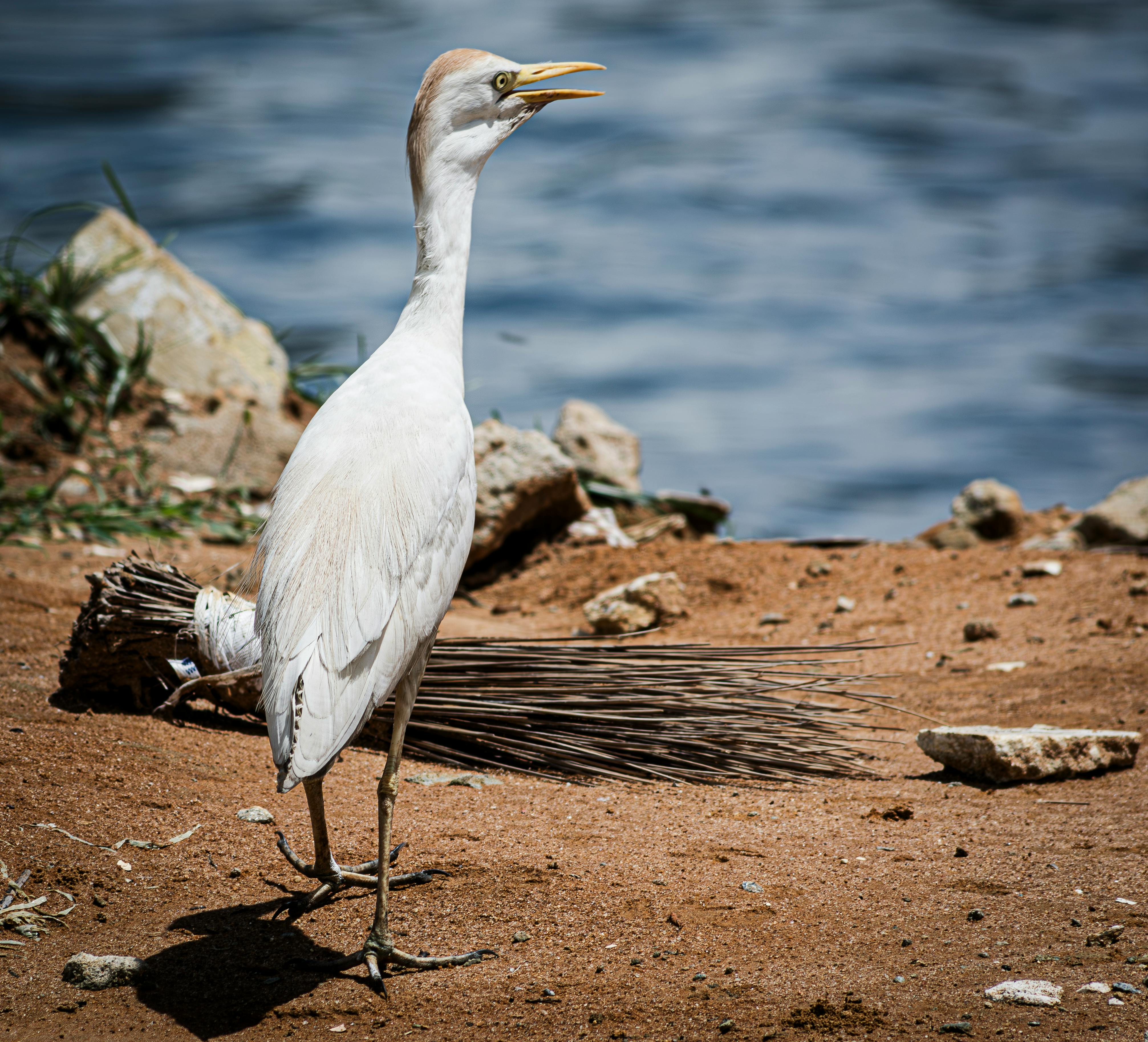Imagine yourself in the tranquil setting of a nature reserve, surrounded by the sweet melodies of chirping birds and breathtaking sights of vibrant plumage. As you embark on your journey into the fascinating world of birdwatching, it’s important to respect the delicate balance between human presence and the tranquility of birds in their natural habitat. In this article, we will explore the essential guidelines of birdwatching etiquette, ensuring a harmonious and respectful experience for both birdwatchers and the feathered creatures they admire.
Choosing the Right Location
When it comes to birdwatching, choosing the right location is crucial. Researching birding hotspots will help you identify the best places to find a wide variety of bird species. There are many resources available online that can provide information on popular birding destinations, including websites, forums, and social media groups dedicated to birdwatching. Take the time to read reviews and recommendations from experienced birders to ensure you select a location that will meet your expectations.
It’s important to note that some birding hotspots may be on private property. Respecting private property is essential to maintain good relationships with landowners and protect the habitats of the birds you are observing. Before venturing onto private land, always seek permission from the landowner or management authorities if required. Be sure to follow any guidelines or restrictions they may have in place to ensure the protection of the birds and their environment.
One of the most important aspects of birdwatching etiquette is to avoid disturbing nesting birds. Nesting season is a critical time for birds, as they are raising their young. Getting too close to nesting birds can cause stress and may lead to abandonment of the nest or potential harm to the chicks. Always observe nesting birds from a safe distance using binoculars or a spotting scope. If you notice any signs of stress, such as increased vocalization or defensive behavior, it’s best to back away and give them space. Remember, the well-being of birds should always be your top priority.
Preparing for the Trip
Before heading out to the birding site, it’s important to check the weather conditions. Knowing the forecast will help you dress appropriately and bring any necessary gear for varying conditions. Keep in mind that different bird species have different preferences for weather and may be more or less active depending on the conditions. By understanding the weather, you can plan your trip accordingly and increase your chances of spotting a variety of birds.
Packing essential birdwatching gear is essential to make the most out of your birdwatching experience. The primary tools you will need are a pair of binoculars and a field guide. Binoculars allow you to observe birds from a distance without disturbing them, while a field guide will help you identify different bird species based on their physical characteristics and behavior. Additionally, consider bringing a notebook and pen to record your observations, as well as a camera if you wish to capture any memorable moments.

Arriving at the Birding Site
When you finally arrive at the birding site, it’s important to be mindful of noise. Excessive noise can startle birds and disrupt their natural behaviors. Try to be as quiet as possible to avoid scaring away any birds in the area. By being aware of your surroundings and minimizing noise pollution, you’ll have a better chance of observing birds and their natural behaviors without disturbance.
Observing from a safe distance is crucial for both your safety and the well-being of the birds. Getting too close to birds or their habitats can cause stress and potentially lead to aggressive behaviors. Use your binoculars or spotting scope to observe birds from a comfortable distance. This will allow you to see their intricate behaviors while avoiding any interference with their natural patterns. Remember, maintaining a respectful distance is key to ethical birdwatching.
While birdwatching, it’s important to avoid crowding other birdwatchers. If you come across fellow birders, be sure to give them enough space to observe birds without feeling crowded. Respect their personal space and do not disrupt their view or experiences. Sharing the joy of birdwatching can be a wonderful experience, but it’s essential to do so with courtesy and respect for others.
Interacting with Other Birders
Joining local birding groups or communities can enhance your birdwatching experience. These groups often have experienced members who can offer valuable advice and guidance. By joining these communities, you’ll have the opportunity to participate in group birdwatching outings and share your passion for birds with like-minded individuals. It’s a great way to expand your knowledge and build connections within the birding community.
When interacting with other birders, sharing information and experiences is highly encouraged. If you spot an interesting or rare bird, let others know so they can also enjoy the sighting. Similarly, if you come across a bird species you’re unfamiliar with, don’t hesitate to ask for help or guidance. Birdwatchers are generally very friendly and willing to share their knowledge. By fostering a collaborative and supportive atmosphere, everyone benefits from a richer birdwatching experience.
Respecting others’ space and equipment is a fundamental aspect of birdwatching etiquette. Avoid touching or using someone else’s gear without permission. If you’re using a spotting scope set up by another birder, be cautious not to disturb their equipment. Treat others’ belongings as you would expect them to treat yours. By showing respect for others’ space and equipment, you contribute to a positive and inclusive birdwatching community.

Analyzing Bird Behavior
Understanding birds’ comfort zones is crucial when observing their behavior. Birds have different tolerances for proximity to humans, and it’s important to respect their boundaries. By observing their reactions and maintaining a safe distance, you can better gauge how close you can get without causing stress or disturbance to the birds. This understanding will enhance your birdwatching experience and allow for a more intimate connection with the birds.
Interpreting body language and vocalizations is another skill that can enhance your birdwatching experience. Birds use a variety of signals to communicate their intentions and emotions. Pay attention to their postures, movements, and calls to gain insights into their behaviors. For example, displaying plumage or vocalizing can indicate courtship or territorial behaviors. By learning to interpret these subtle cues, you’ll be able to appreciate the complexity of bird behaviors and spot interesting interactions among individuals.
Flash photography can be intrusive and distressing for birds. The sudden burst of light can startle them and disrupt their natural rhythm. To avoid causing stress or harming the birds, it’s best to avoid using flash photography altogether. Instead, focus on capturing their beauty and behavior in natural lighting conditions, using proper camera settings and techniques. By mindful photography practices, you can capture stunning images while prioritizing ethical birdwatching.
Recording Your Observations
Using field notes and recording apps is a great way to document your birdwatching observations. Field notes allow you to jot down important details such as species, behavior, and any unique characteristics you observe. Recording apps can be helpful for capturing bird calls or songs, which can aid in identification. These tools not only help you remember your birdwatching experiences but can also contribute to scientific research and conservation efforts. By recording and sharing your observations, you play a role in protecting and preserving bird species and their habitats.
Taking photos responsibly is an exciting aspect of birdwatching. However, it’s essential to prioritize the well-being of the birds. When photographing birds, be mindful of your actions and their potential impact. Always maintain a respectful distance and avoid disturbing or altering their natural behaviors for the sake of a perfect shot. Respect the birds’ comfort zones, and if you notice any signs of distress, it’s best to back away and give them space. By practicing responsible photography, you can capture beautiful images while conserving and respecting the birds’ welfare.
If you come across rare or unusual sightings during your birdwatching adventures, consider reporting them to appropriate organizations or birding groups. This helps create a record of important sightings, contributing to scientific research and conservation efforts. Rare sightings can be significant for understanding bird distribution and behavior, so sharing your observations can make a valuable contribution to the birding community and conservation initiatives.

Preserving Habitat and Environment
Staying on designated trails is crucial to preserve the habitat and minimize human impact on bird populations. Straying from established paths can disturb nesting sites, trample vegetation, and cause damage to delicate habitats. By sticking to designated trails, you not only protect the birds and their environment but also set a positive example for other birdwatchers. Leave no trace and help maintain the natural beauty of the birding site for future generations.
Picking up litter is an essential part of responsible birdwatching. Litter poses a threat to birds and other wildlife, as they can get entangled or mistake it for food. Always carry a small trash bag with you and pick up any litter you come across, whether it’s yours or someone else’s. Remember, a clean environment benefits both birds and humans alike. By keeping birding sites clean and pristine, we ensure the continued enjoyment for ourselves and future birdwatchers.
Avoid feeding or disturbing wildlife during your birdwatching adventures. While it may be tempting to interact with animals, it’s essential to remember that feeding can disrupt natural behaviors and create dependency on human-provided food. Birds have specific dietary needs and rely on their natural food sources for survival. Additionally, disturbing wildlife can cause unnecessary stress and potentially harm the animals. Remember, the goal of birdwatching is to observe and appreciate birds in their natural environment, not to interfere with their lives.
Respecting Cultural Sites
When birdwatching in areas with cultural sites, it’s important to obtain permission for access. Many cultural sites may have specific guidelines or restrictions due to their historical or cultural significance. Research the rules and regulations in advance and adhere to them when visiting these areas. By showing respect and following the established protocols, you help maintain the integrity of these cultural sites and contribute to the preservation of our shared heritage.
It’s also crucial to avoid engaging in non-birding activities at cultural sites. These sites have specific purposes and should be respected accordingly. Avoid any behaviors that may be disruptive or disrespectful to the site and its cultural significance. By staying focused on birding and leaving non-birding activities for appropriate locations, you demonstrate reverence for the cultural value of the site and ensure a positive experience for all visitors.
Being respectful of local customs is essential when birdwatching in different regions or countries. Take the time to familiarize yourself with the local customs, traditions, and etiquette. Respect local norms and practices, including appropriate clothing and greetings. By demonstrating cultural sensitivity and respect, you create a positive impression of birdwatchers and foster a harmonious relationship with the local community. Remember, birdwatching is a global activity that transcends borders, and by embracing diversity, we enrich our own experiences.

Etiquette for Bird Photography
Bird photography can be an incredibly rewarding aspect of birdwatching. However, it’s important to prioritize the well-being of the birds above capturing the perfect shot. Avoid disturbing birds for the sake of photography by maintaining a respectful distance. Be patient and allow the birds to come to you or wait for the perfect moment to capture their behavior naturally. By practicing ethical bird photography, we ensure the birds’ welfare while preserving their beauty through stunning images.
Respecting other photographers’ space is crucial in a shared birdwatching environment. Be mindful of where others are positioned and avoid interfering with their shots. If you notice someone photographing a particular bird, give them adequate space and avoid positioning yourself between them and the subject. By respecting other photographers’ needs and space, we create a positive and cooperative atmosphere where everyone can enjoy capturing incredible images of birds.
When sharing bird photos online or through other platforms, it’s important to do so responsibly. Always give credit to the original photographer if sharing someone else’s work. Additionally, be mindful of the impact your images may have on bird species and their habitat. Avoid disclosing sensitive or protected locations to prevent disturbance and maintain the birds’ safety. By sharing images responsibly, we promote ethical birdwatching practices and contribute to the conservation and protection of birds and their environments.
Safety Considerations
While birdwatching is a peaceful activity, it’s important to be aware of potential hazards. Before heading out, familiarize yourself with any specific safety concerns for the area you’ll be visiting. This may include wildlife encounters, extreme weather conditions, or challenging terrains. Understanding these potential risks will allow you to take appropriate precautions and ensure your safety while enjoying birdwatching.
Staying hydrated and protected from the sun is essential during your birdwatching trips. Remember to bring an adequate supply of drinking water to stay hydrated, especially in hot or humid conditions. Wearing sunscreen, a hat, and appropriate clothing can protect you from the sun’s harmful rays. By taking care of your well-being, you’ll be able to fully immerse yourself in the birding experience.
Informing others of your plans is a crucial safety consideration when venturing out to birdwatching sites. Let a trusted person know about your intended birding location, estimated duration, and when you plan to return. In case of unexpected circumstances or emergencies, this information can be critical for your safety. By communicating your plans, you ensure that help can be sought promptly if needed, providing peace of mind for both you and your loved ones.
In conclusion, birdwatching etiquette is essential to ensure a positive experience for both the birdwatcher and the birds being observed. By choosing the right location, preparing for the trip, respecting bird behavior, interacting with other birders, recording observations, preserving habitat and environment, respecting cultural sites, practicing responsible bird photography, and prioritizing safety, we can engage in ethical birdwatching that contributes to the conservation and appreciation of these magnificent creatures. Remember, being a considerate birder not only benefits the birds but also helps foster a thriving and inclusive birding community. Happy birdwatching!
